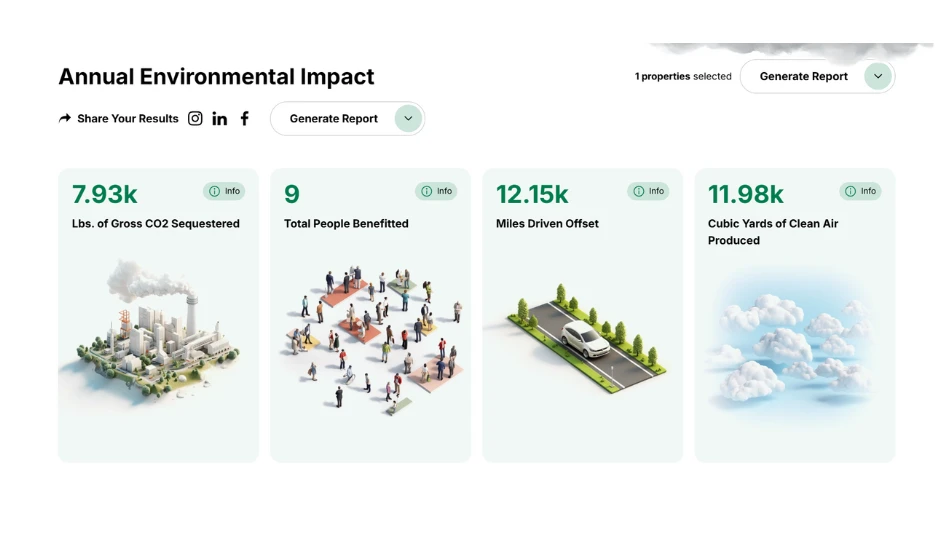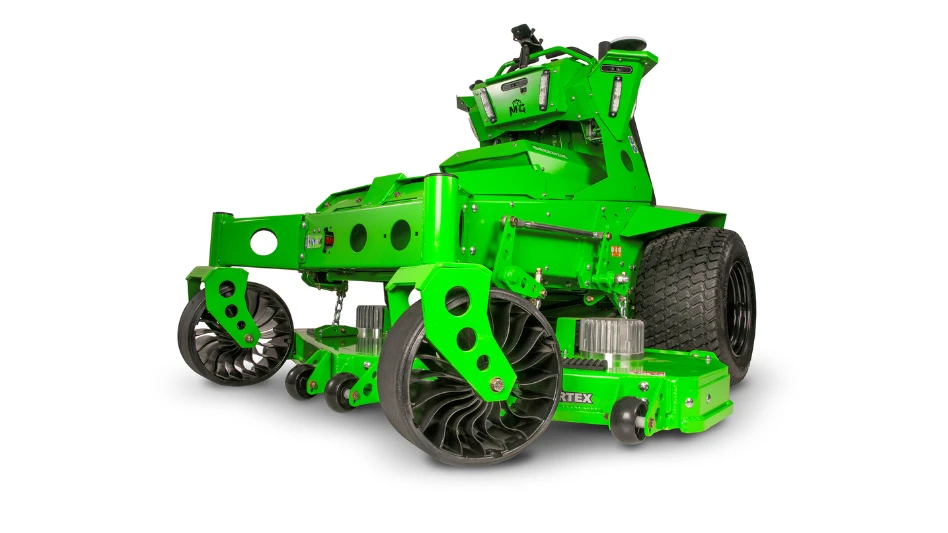After returning from the internment camps and having their land confiscated, many Japanese American men took up gardening as their profession. Hard work and sensitivity to nature quickly made them a household commodity.
Their successful businesses enabled younger generations of Japanese Americans to achieve higher educations and better lives. The legacy of Japanese American gardeners might have started from unfortunate circumstances, but it has branched out and planted life into their barren social landscape.
Today, the legacy has been handed over to a new breed of artists who create gardens and landscapes with the same work ethic once exhibited by the Japanese American men.
Among them, landscape architect Calvin Abe definitely leads the pack.
Abe recently sat with The Rafu Shimpo (Los Angeles Japanese Daily News) in his Culver City design office, located adjacent to the famous H.D. Buttercup Manufacturer Furniture Mart on Washington Boulevard, to talk about his passion for landscape architecture, environmental preservation and farming.
The office is a high-ceilinged creative factory. Each of his staff members sits in front of a large computer monitor surrounded by files and rolled paper piles. Pictures and sketches of their projects on the walls create an energetic, casual atmosphere. Jars of soil samples and colorful pebbles on the shelves give visitors an illusion of stepping into a fashion designer’s studio.
Abe once collected and shredded all the paper used in the office for months to create art installations. The pieces were to reflect our newly-found “green” lifestyle and symbolized who Calvin Abe is as a designer.
Earlier this year, the Sansei landscape architect gathered several awards from the Los Angeles Business Council, Westside Urban Forum and the American Society of Landscape Architects, Southern California Chapter for his design of the Santa Monica Airport Park.
The new $7-million airport park provides more open and green space in an environmentally conscious design, which incorporates sustainable features for planting, irrigation and permeable pavement parking.
Abe’s design of the park is simple, clean, very functional and aesthetically striking at the same time. For Abe, landscaping not only satisfies his artistic need to express himself, but it also enables him to be a choreographer in today’s much-needed attempts to preserve our environment.
Born and raised in a farm community near Sacramento, Abe is known for his clean geometric, graphic style and environmentally sustainable landscaping.
“My love of nature comes from the experience on the farm,” he said.
This 54-year-old is calm and soft spoken, but he can’t contain his passion and enthusiasm once he starts talking about landscaping.
He is fit and tanned. Dressed in a simple gray T-shirt and black slacks, his look sort of mirrors his work.
“Even though my parents sold the farm five years ago, it’s still a farmland," Abe said. "The smell of the earth, the grass, nature, and agricultural landscape, it brings me back. I always find myself wanting to recreate the experience. I’m always interested in people experiencing nature for what it is."
He obtained a bachelor’s degree in landscape architecture at Cal Poly, Pomona in 1979 and received a master’s degree also in landscape architecture, with a focus on urban design, at Harvard University in 1983. After working with several national landscape architecture firms, Abe founded Calvin R. Abe & Associates in 1987. The firm changed its name to ah’bé landscape architects in 2002.
He works in urban environments and considers “finding a garden in the city” as his occupational mission. The process of reconnecting people to nature in urban environments starts from identifying the “metabolism” of a site. Abe researches the site’s natural elements such as soil, wind condition, proximity to the ocean and sloping, then he moves on to studying cultural, social and humanistic elements of the site, which he calls the “artistic” side of his work. Choreographing all these entities into a composition is what Abe does, and he does it well.
“(For landscape architecture), engineering is important, but that is not where it begins," he explained. "It begins more philosophically. It’s more artistic, influenced by the elements of nature, elements of context, culture, history and elements of human experience."
Take Abe’s award-wining South Park Streetscape. “South” is a new residential development in the South Park neighborhood of downtown Los Angeles, consisting of three new loft buildings: Elleven, Luma and Evo on Grand Avenue and 11th Street. The project started with a goal of creating a luxurious space where active street life and green living coexist in an urban environment.
Once you see the block, walk the block or even just drive by the block, it is apparent how this street was designed to provide a special sense of luxury. The lush streetscape incorporates pedestrian friendly 24-foot-wide sidewalks. The benches indicate that this street is meant not to be simply passed by, but to stop busy downtown pedestrians to enjoy.
The drought-resistant plants, flowers and trees on the South Park Streetscape have more function than merely adding beauty, relaxation and shade to the block.
They are designed to naturally clean polluted rainwater by allowing it to collect and percolate through a series of deep soil layers so that no storm water from the site will enter the city’s storm drains.
The South Park Streetscape is a destination.
Abe received the Westside Prize for Urban Solutions Winner of the 2008 Award of Excellence for Residential Landscape by the Los Angeles Business Council and the American Institute of Architects California Council’s Honor Award for Urban Design for this project.
The water filtration system, which originally developed in the Northwestern cities such as Seattle and Portland, has become the pioneer of sustainable urban landscaping in Los Angeles.
L.A. Department of Public Works Commissioner Paula Daniels praised the project as “the standard for the kind of forward-thinking green infrastructure planning that we want to create throughout Los Angeles.”
“You just can’t remove pavement as a designer. You want to make sure it’s beautiful, it works in the community, it functions for the community,” Abe said.
“(The filtration system) is getting awarded because it puts them in the public eye and they want to make sure people know about it. Of course they are acknowledging our contributions, but the award is more about getting the word out to the public so more people find out about it.”
It took Abe over six months to perfect the filtration system for the dry climate in Los Angeles, and he continues to have soil tests done to monitor the system. The same technique was applied to the Santa Monica Airport Park, and Abe plans to use it for the Block 8 project in Little Tokyo as well.
Abe also welcomes today’s eco-boom. The trend has certainly made it easier for him to realize his visions in landscaping.
“I have been talking about environmental sustainability, efficiency of energy on the landscape for 20 years. The difference now, I always had to educate people before, now they listen. People listen to me differently,” said Abe, pointing at the panels of his past projects on the wall.
“At the same time that means it is more demanding because the expectations are higher. It’s not just talking about it, but they want to see it executed.”
The landscape business is expanding rapidly, and the industry is desperately in need of talented architects. Abe believes that landscape architects can bring different elements such as ecologists, naturalists, biologists and engineers together to create landscapes that help solve some of the environmental concerns.
“The problems will still be there, but the way of funding and solving the problems will change.”
Latest from Lawn & Landscape
- Connect, Control & Conserve with Horizon Technical Services
- Use Horizon's Parts Hotline
- How I built a Top 100 company
- Horizon’s Exclusive TurfGro Fertilizer
- Grow your business with mosquito control
- LandCare adds 2 branches in SoCal, promotes Aleman to branch manager
- Spray them away
- PERC helps debut propane direct-injection fuel system at ACT Expo 2025





